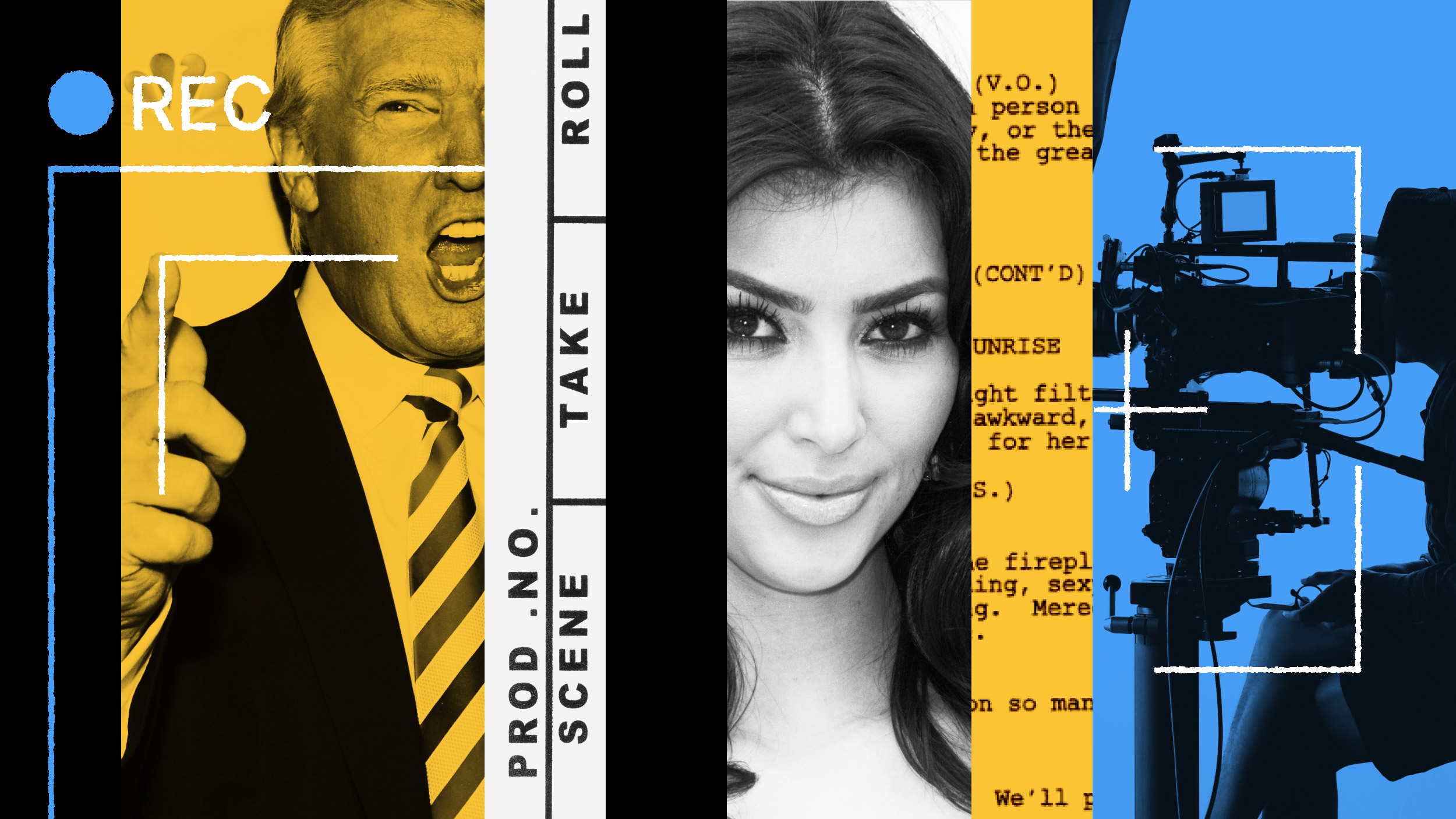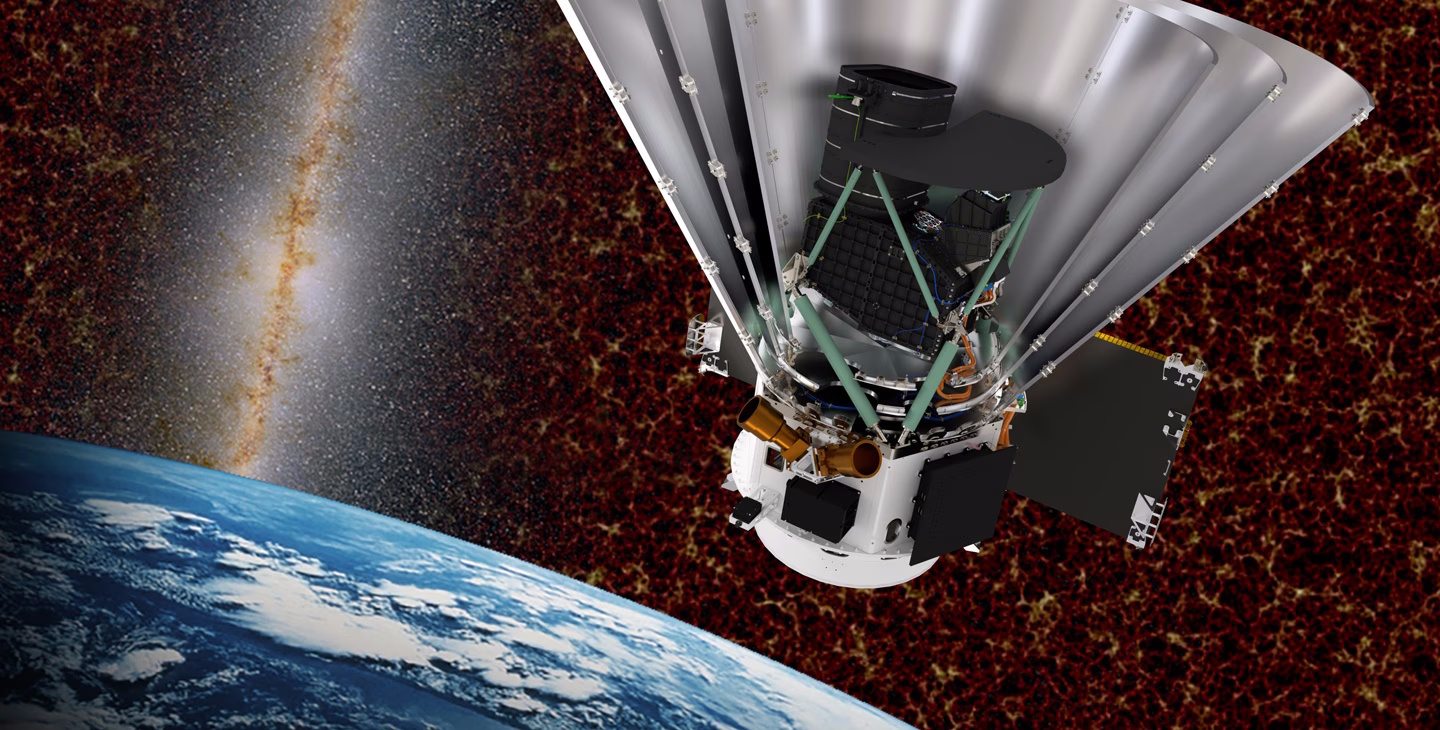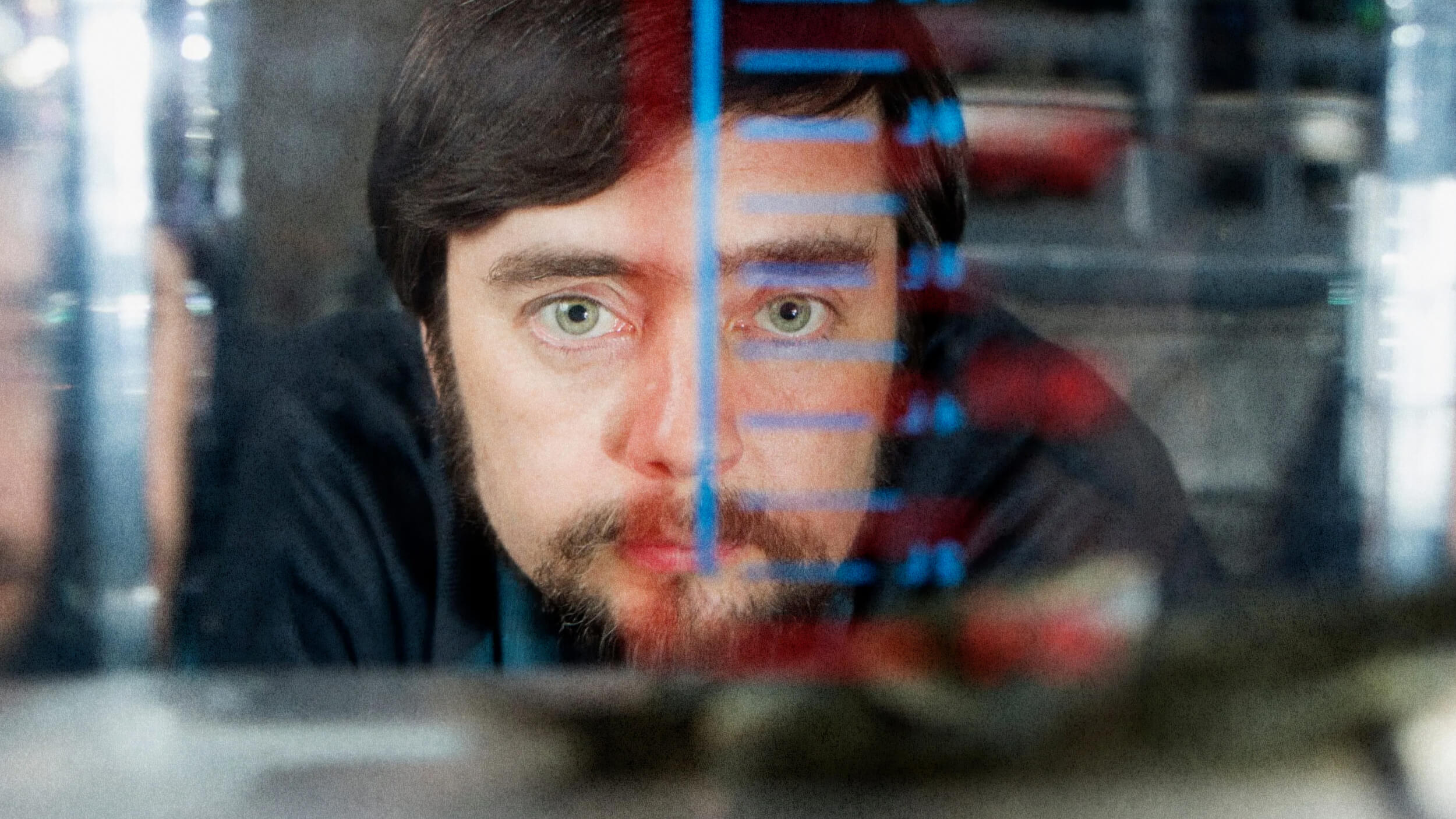With NASA’s future in doubt, the physicist recalls designing an ingenious (and sadly, radioactive) rocket that could have had us “scooting all around the solar system” 50 years ago. Will we ever find a better way to reach the stars?
Question: What was Project Orion?
Freeman Dyson: This was in the year 1957 when the Russians sent up the first satellite, which they called Sputnik, which means companion. It was a companion for the earth. So this Sputnik was up there in space and it was making everybody nervous because if the Russians could send satellites into space they could also throw missiles at us and we at that time didn’t have any missiles which we could throw at them. So it was a scary moment and so it was a moment when you could get money very easily for crazy projects and so my friend, Ted Taylor, who was a young physicist, actually younger than me, he had this idea of building a spaceship with nuclear bombs, which sounds crazy and in a certain way it is crazy, but it could have actually… it could have worked and so I thought that would be exciting to do. I had never done anything like that. I had been always just a mathematician and working on paper, but so that gave me a chance to do something real, so I moved to San Diego in California and joined a company called General Atomic, which is still there and went to work on this spaceship and it looked as though we might even get the green light actually to go ahead and build it, but in the end of course we didn’t. The fatal flaw of that whole scheme is that it spreads radioactivity all around. You’re exploding bombs in big numbers, so you really do make a tremendous mess, and so in the end common sense prevailed and they decided to go ahead with ordinary rockets and not with nuclear bombs, but we had a great time. We studied the theory of this and the engineering. We had a lot of good engineers and we actually did little tests of chemical explosives building little model spacecraft, which would go pop, pop, pop, pop, just up in the sky and come down again and just to show that we knew how to do it, so we had every Saturday morning we didn’t get paid for that, but every Saturday morning we’d go and fly our little models. The rest of the week we’d do the serious stuff. So I spent a year and a half there and the project actually lasted for seven years, but by the end of the first year it was pretty clear that it wasn’t going to fly.
Question: What were the theoretical possibilities of the Orion mission?
Freeman Dyson: If it had been given the green light we could have gone to Mars in about five years. I mean the thing started in ’58 and we planned to have a Mars mission already within five years and we’d be scooting all around the solar system. I mean it was a very, very high performance ship, far better than anything we have today, and it would have easily gone to Mars and back and to Jupiter, the satellites of Saturn and all the interesting places in the solar system. We could have gone scooting around, and of course we intended to go ourselves. This was a big ship and it was with a crew. We imagined we would have a crew of about 40 people, so it was on the grand scale, and it would have been comparatively cheap because it was built like a submarine, not like an airplane. It was heavy engineering and so a lot cheaper than aerospace.
Question: Will we ever be able to accomplish those feats through some alternative technology?
Freeman Dyson: Well the joke is of course that we do such marvelous missions now with small payloads. I mean when we worked on Orion we were talking about 1,000 tons of payload just for one ship, and so we thought of ourselves as sort of like the Darwin on the Beagle going out for five years and with all our provisions and having to take along a squash court so that you could stay fit, and we could take along almost anything you wanted, and of course nowadays the whole way of operating in space is so totally different. Now you measure the payload in pounds, not in tons, and so we have a ship which is now orbiting around Saturn called Cassini, which of course doesn’t have people on board. It has wonderful instruments on board and the total payload of that thing is a few thousand pounds and it’s doing far more exploring than we could have done. So if we had a thousand tons of payload today we wouldn’t know what to do with it.
Question: Will humankind ever reach the stars?
Freeman Dyson: Yes, I think so, but of course my guess is no better than anybody else’s, but technically it could be done. Of course it’s much too expensive just for the next hundred years or maybe the next thousand years, but we have lots and lots of time, so I would imagine that we will be scooting around on a much grander scale, but it could… On the other hand, we could decide we’re not interested, so let’s not do it and that remains to be seen.
Recorded March 5th, 2010
Interviewed by Austin Allen





